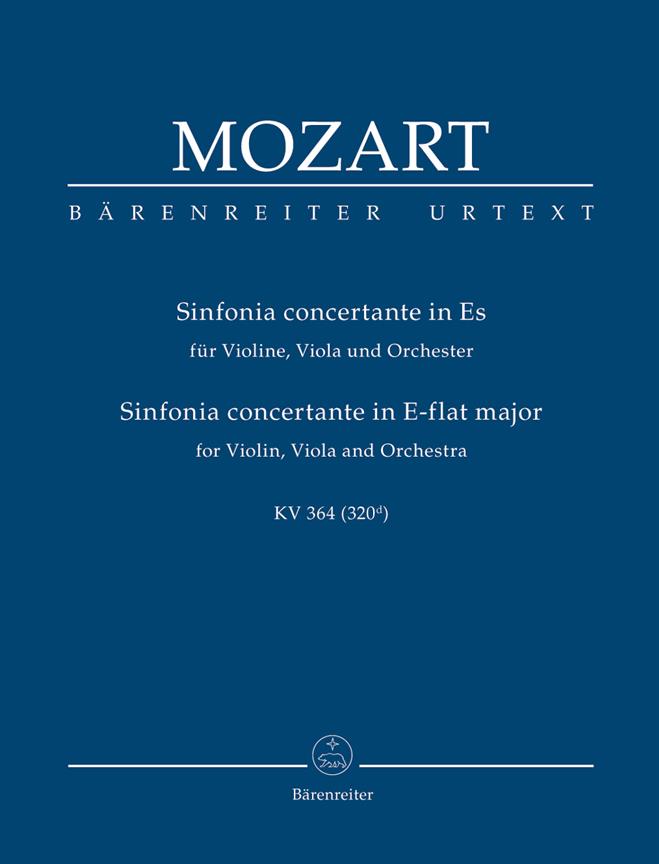Thränenbenezt For Viola and Piano
Philipp Maintz was born in Aachen, Germany, in 1977. He received his first composition lessons from Michael Reudenbach. He studied composition with Robert HP Platz in Maastricht from 1997-2003, graduating with distinction,followed by a further degree in composition and electronic music with Karlheinz Essl at the Bruckner Conservatory in Linz. He has received scholarships and invitations from institutions including the Electronic Studio at theUniversity of Liège, the International Summer Courses for New Music in Darmstadt, IRCAM Paris and the North Rhine-Westphalia Ministry of Culture, an Artist’s Scholarship from Lower Saxony for the Künstlerhof Schreyahn andotherhonours: the Supportive Prize from the Ernst von Siemens Music Foundation in 2005, a scholarship from the Wilfried Steinbrenner Foundation in 2006 and a German Government Scholarship to study at the Cité Internationale desArts, Paris in 2007, Scholarship awarded by the German Minister of Culture for a one-year stay at the German Academy Rome, Villa Massimo (2010). His compositions have been performed at festivals including the InternationalGaudeamus Music Week Amsterdam, agora-festival, Paris, ars nova (SWR), International Summer Courses for New Music in Darmstadt, Wittener Tage für Neue Kammermusik, musica (Strasbourg), Wien Modern, Hear&Now London and the SalzburgFestival.

















































